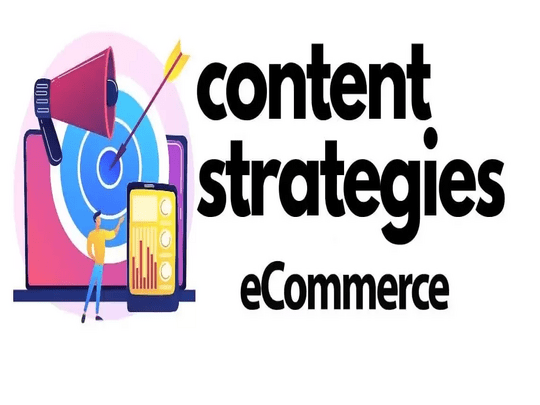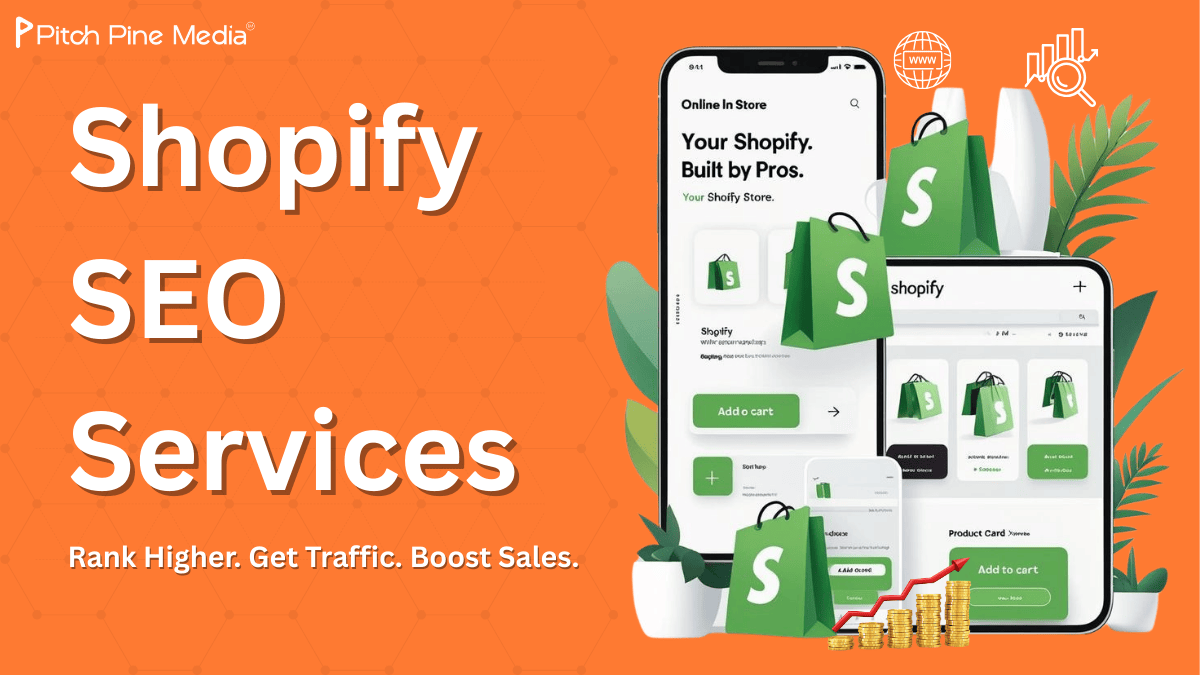The goal of creating a search engine is to provide users with results that are appropriate to their queries. A business owner loses out on prospective clients whose search queries don’t match up with their website. Discovering search intent and generating content that specifically answers it is essential for establishing your authority and reputation.
Here are some reliable techniques for improving your website’s visibility in search results and attracting more engaged visitors.
1. Understand the Types of Search Intent
Before you begin optimising your content for search intent, you must be aware of the following categories:`
- Informational intent: Users are eager to acquire knowledge. For example, “How to boost website rankings.”
- Navigational intent: Users already know the brand or product and want to find it. Example: “ official site of the brand running shoes or watch.”
- Transactional intent: Customers are prepared to act, such as making a purchase or signing up. For example, “Shop for online noise-cancelling headphones.”
2. Think Like Your Customers
Emotional competency should be the starting point for optimising content for search intent. If you ask yourself:
- What issue are they attempting to resolve?
- Do they want a prompt response or thorough instructions?
- Before making a choice, do they wish to consider their options?
Adopt this mentality, and you can create pages that directly respond to user needs. This will help you avoid simply filling space with keywords.
3. Use SEO Tools for Insights
Learn how people interact with your website and what they look for to match the intent of your users. For this, you can use SEO tools like as:
- Google Search Console: to view average ranking, clicks, and impressions
- Analytics platforms: to investigate bounce rates and the actions of users
- Keyword research tools: to discover the correct terms that people actually use
Your content optimisation for search intent is highlighted with these insights, which indicate both gaps and opportunities.
4. Optimise for All Platforms
There are several other platforms that people utilise, but Google is the most popular. You can lose visibility if you choose to ignore them.
- YouTube: Produce video material that includes titles, descriptions, and captions that are accurate representations of the search intent.
- Bing: However, some users rely on it as their primary search engine. Avoid ignoring them.
- Voice search: Make the most of conversational, organic questions with mobile assistants and smart speakers.
By distributing your information across several channels, you may increase interaction and reach.
5. Address Both Explicit and Hidden Intent
The search box does not contain the entire intent. As an example,
- Explicit intent
- Hidden intent
Both should be taken care of by your belongings. You meet users’ instant needs and answer questions they didn’t know they had when you optimise content for search intent in this way.
6. Map Queries to Clear Answers
Users who search ask different questions. To record these fluctuations:
- Discuss various search formats and lengths.
- Consider the customs and language of the area.
- Add appropriate data, such as comparisons, reviews, or directions.
- Make sure your website functions properly on desktops, mobile devices, and even voice search.
You can arrange your site to make it easy for users to find what they need quickly by using query mapping.
7. Write Content That Solves Problems
Usefulness is at the core of optimising content for search intent. To achieve this:
- Divide the information into smaller sections.
- Make use of bullets, headings, and images.
- Naturally incorporate relevant terms.
- If at all feasible, give detailed answers.
- Incorporate internal linkages to maintain readers’ interest.
- Place compelling calls to action in strategic locations.
Users are more likely to stick with and trust your brand if your page provides them with what they want quickly.
8. Make Content Accessible Everywhere
Individuals use many gadgets and networks. To maintain their interest:
- Make sure your website works on mobile devices.
- For lengthy pages, make use of a table of contents and obvious navigation.
- Provide frequently asked questions in the form of FAQs.
- Don’t hide important information behind logins or paywalls.
Your website will feel more at ease and be optimised for search intent for all users if it is accessible.
9. Keep Updating with User Behaviour
Individuals’ search habits fluctuate. The things that worked the past year might not work now. For the purpose of staying ahead:
- Use analytics to monitor user trips.
- Gather input via questionnaires or surveys.
- Adapt your material and keep an eye out for algorithm adjustments.
- Update outdated blog posts with new details.
Your company remains relevant to the intent of your audience by continuously evolving.
10. Balance Detail and Simplicity
Users become dissatisfied when there is too little information available. To get the perfect balance:
- Give enough background to foster confidence.
- Prevent lengthy, dense text passages.
- At the beginning or the end, highlight the most important points.
Remember, the goal is not just ranking higher but keeping users engaged once they land on your site.
11. Leverage Visuals and Media
Text alone does not satisfy search intent. Improve the material by using:
- Infographics to provide concise explanations
- Pictures for demonstrations or product displays
- Videos for narrative or instruction
- Tables and charts for comparison
This diversity guarantees that your page supports a range of learning styles.
12. Create Consistency Across Channels
It’s important to maintain uniformity across your website, social media accounts, and directory listings. To accomplish this:
- Consistently use the same name, services, and contact information for your firm.
- Make sure the design and tone match your brand’s identity.
- Keep an eye on your web presence.
Maintaining consistency enhances your content’s search engine optimisation and promotes trust.
13. Build for Both Short-Term and Long-Term Wins
Certain queries generate immediate traffic, while others build enduring confidence. Your approach should combine the two:
- Short-term
- Long-term
Conclusion
Optimising for search intent requires understanding individuals before search engines. You develop online trust and authority by thinking like your customers, answering explicit and hidden questions, and providing consistent value across platforms.
Consult a team that knows user search and expectations for expert help optimising content for search intent. Pitch Pine Media creates methods to reach the proper audience and provide meaningful solutions.













